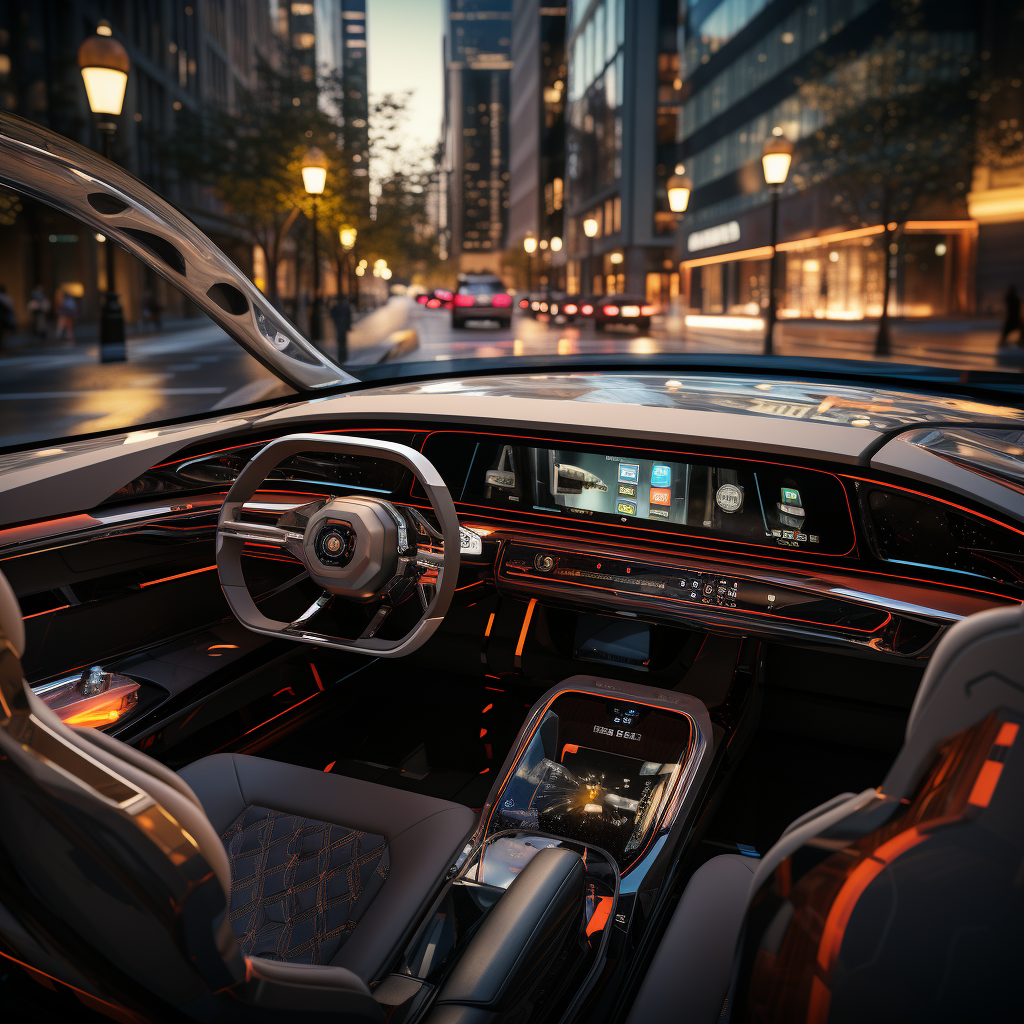
Once the horses were decoupled from the carriage, it was only a matter of time before the same powers of progress arrived again for the coachman. With due thanks to the exceptional progress made in the military’s attempts at automated warfare, the driver was ousted from the car using the advancements that made tanks unmanned and guided intercontinental squadrons without pilots. In truth, this technology was stolen from Russia, but it was by the autonomous espionage programs deployed across Soviet networks, so it remains a victory for American progress in unsupervised automation. The civilian implementation of this technology was quickly put to use in the forklifts in warehouses, the tractors on farms, the yard dogs at ports, and finally the automotive across public roads.

Once known only for the exact military contracts that placed communist technology in roving weapons of ware, ProXim is now the leading consumer robotics company. Their expertise in manufacturing reliable autonomous vehicles, along with the acquisition of an exceptional industrial design corporation, led to the first street-legal fully autonomous car, the ProXim Passenger series. Their first mass-produced model was the ProXim Passenger Z, a marvelous union of form and function that is elegant from every angle. Initially a status symbol owned by the elite wealthy who all fired their chauffeurs en masse, the subsequent model, the Passenger Z2, managed to maintain all the prestige of the Z, but at half the price owing to huge improvements in ProXim’s manufacturing process, which was of course fully robotic.

The greatest achievement of the ProXim vehicles is by and large their fatality rate, which is exceptionally low since the initial Z series which itself only killed at two-thirds the rate of human drivers on average. With the drastic decrease in automotive crashes and the burden of accountability for manslaughter, lifted, particularly for intoxicated drivers who were now relegated to the position of innocent passenger, the medical and healthcare industries became the leading evangelists for automated automobiles, or autos as they were elevated to, with manual vehicles being regarded as purely irresponsible and owning one often conflated with the very act of murder itself. By the time the sportier model, the ProXim Passenger XS, rolled off of the lots, it was almost impossible to be killed by or in one.

Seizing a tremendous opportunity, a new start-up company called Port started to buy fleets of used Z Series vehicles and connected them to a specially made dispatching software connected to the city-wide Civix servers. This made for a remarkably effective automated taxi that, due to complete absence of labor costs, became so much less expensive than owning a vehicle in most cities that only a few people continued to maintain their own. Further, the direct connectivity to municipal control servers made them more effective and efficient than traditional public transportation, meaning an inevitable private-public partnership between Port and every metropolitan region, with ProXim being the real winner in the relationship. Now, in the age of truly convenient conveyance, the ProXim Passenger has transformed transportation and is the Model T of this generation.